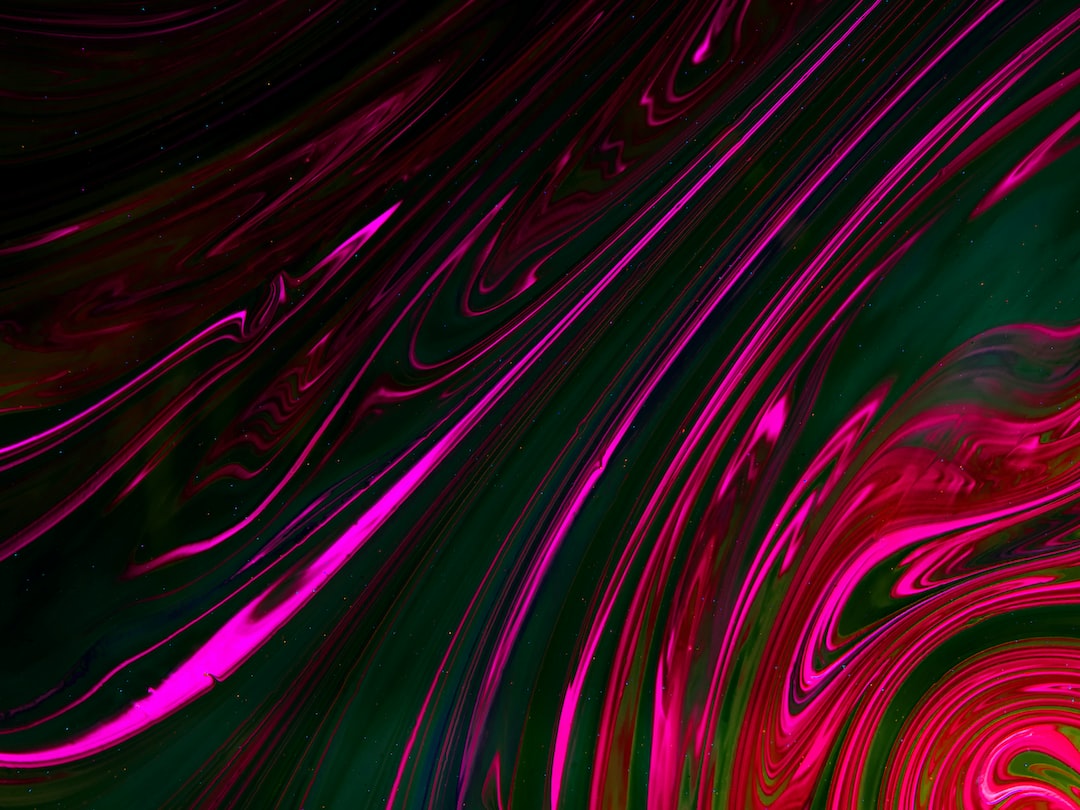The Power of Costume Design in Film and Theatre
Costume design is a vital aspect of both film and theatre productions. It goes beyond creating clothes for actors, as it plays a crucial role in storytelling and character development. The costumes worn by characters can reveal their personalities, convey emotions, reflect their journey, and establish the time and place of their stories. In this blog post, we will explore the power of costume design in film and theatre, and how it contributes to the overall experience of the audience.
Firstly, costume design helps in establishing the time and place of a story. Whether it’s a period drama set in the 18th century or a futuristic science-fiction film, costumes play a significant role in transporting the audience to that particular era or world. The design team meticulously researches and analyzes the cultural, social, and historical contexts to ensure authenticity. The detailed and accurate costumes enhance the audience’s immersion and create a sense of believability in the story being told.
Beyond time and place, costumes also reflect the social and economic status of the characters. A character’s status can be conveyed through the quality of fabrics, the complexity of designs, and the use of accessories. For example, a wealthy character may be adorned in luxurious fabrics with intricate details, while a lower-class character may wear simpler, more utilitarian clothing. These visual cues help the audience understand the hierarchy and dynamics within the narrative.
Moreover, costume design aids in character development and expression. By collaborating with the director and actors, costume designers create costumes that reflect the personality, traits, and emotions of each character. Colors, shapes, and textures used in costumes can evoke various emotions and enhance the audience’s understanding of the character’s journey. For example, a vibrant and flamboyant costume may reflect a character’s confidence, while subdued and monotone colors may suggest sadness or vulnerability. Attention to detail in costume design can give insight into a character’s backstory, preferences, and even hidden secrets.
Furthermore, costumes can act as a visual symbol or motif, reinforcing the themes and messages of a production. A recurring color or pattern can represent a specific idea or concept throughout the story. For instance, in a film exploring the theme of transformation, a character may be introduced in drab and unremarkable clothing but gradually transition to brighter and more elaborate costumes as they undergo personal growth. These subtle changes in costumes not only enhance the storytelling but also engage the audience in a deeper level of interpretation.
In addition to serving the narrative, costume design also contributes to the actors’ performances. The right costume can help actors embody their characters, transforming their physicality and mannerisms. The weight, fit, and movement of the costume can influence the way actors inhabit their roles, improving their portrayal and credibility. Costumes that restrict or enhance physicality can shape posture, gestures, and even the way lines are delivered. As a result, costume design becomes an essential tool for actors to fully express their characters.
Lastly, costume design plays a significant role in marketing and audience engagement. Memorable costumes can become iconic pieces of popular culture, attracting attention and building anticipation for a production. Think of the iconic red leather jacket worn by Michael Jackson in the “Thriller” music video or the elaborate dresses from movies like “Gone with the Wind.” These costumes not only stay in the minds of audiences but also become recognizable symbols associated with the production. Costume exhibitions and behind-the-scenes features often draw crowds, highlighting the impact and fascination costumes generate.
In conclusion, costume design is a powerful and integral component of both film and theatre. It establishes the time and place, reflects characters’ status, emotions, and personality, reinforces themes, enhances performances, and engages the audience. The artistry and creativity of costume design take storytelling to new heights, capturing the essence of characters and adding depth to their narratives. So, next time you watch a film or attend a theatre performance, pay close attention to the costumes, for they hold the power to transport, evoke emotions, and enrich the overall experience.

